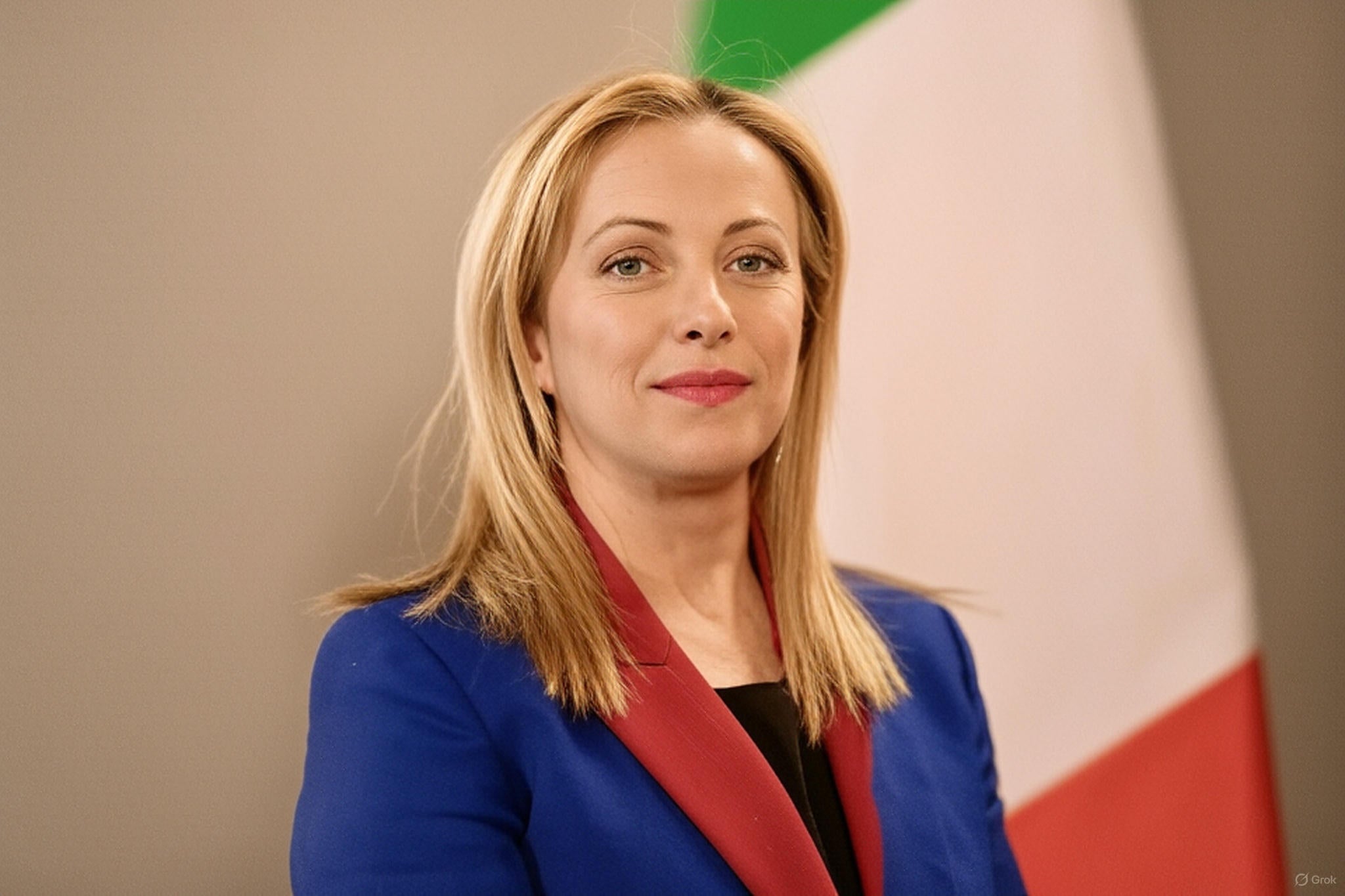Milan Erupts: [7 Shocking Scenes] of Far-Left & Migrant Unrest
Introduction
On September 22, 2025, Milan, Italy, witnessed unprecedented chaos as far-left radicals and migrant gangs clashed violently across the city. The unrest erupted after Prime Minister Giorgia Meloni refused to recognize a Palestinian state, sparking mass protests, street riots, and disruptions in public spaces. The viral video shared by Megh Updates shows a city gripped by smoke, chaos, and confrontation, highlighting a volatile intersection of politics and public sentiment.
Milan is burning. 🔥
— Megh Updates 🚨™ (@MeghUpdates) September 22, 2025
After PM Meloni refused to recognize a Palestinian state, far-left radicals & migrant gangs have turned Italy’s financial capital into a war zone.
Ports blocked, riots in streets, chaos everywhere. pic.twitter.com/bwumY2FDl0
What Happened in Milan
The video footage provides a stark depiction of the unrest:
- Chaotic crowds fill large urban structures, with people wearing helmets and carrying backpacks.
- Smoke-filled environments suggest use of tear gas or other crowd control measures.
- Documentation and confrontation are evident, with protesters filming events while engaging in tense exchanges.
- Disruption across public spaces, including ports and streets, emphasizes widespread disorder.
According to the tweet by Megh Updates:
"Milan is burning. 🔥
Following Prime Minister Giorgia Meloni’s decision not to recognize a Palestinian state, far-left activists and migrant groups have ignited violent unrest across Milan, Italy’s financial hub.
Ports blocked, riots in streets, chaos everywhere."
Key Scenes from the Viral Video
The video, spanning over 80 seconds, captures escalating chaos inside what seems to be a major public building:
- Initial frames show helmeted protesters amid dense smoke.
- Crowds recording events on phones, adding documentation amid disorder.
- Dense movement of individuals, creating a volatile environment.
- Persistent tension near shop fronts and entrances, with intermittent confrontations.
- Smoke gradually lessens but the crowd remains in disarray, signaling sustained unrest.
This continuous visual narrative confirms the widespread disruption reported in the tweet, with the city appearing paralyzed by street-level chaos.
Political Context Behind the Riots
The unrest is tied to Italy’s stance on the Palestinian issue. PM Giorgia Meloni’s refusal to recognize a Palestinian state ignited anger among far-left activists and migrant communities, who staged aggressive demonstrations.
- Ports and streets have reportedly been blocked, causing disruption in trade and transport.
- Related protests in Italy include teachers, students, and dockworkers, voicing opposition to Israel’s offensive in Gaza.
- Reports indicate clashes with police, injuries, and multiple arrests.
The events in Milan are a vivid example of how foreign policy decisions can trigger domestic unrest, particularly in politically and socially diverse urban centers.
FAQs
Q1: Why did the riots in Milan start?
A1: The unrest followed PM Giorgia Meloni’s refusal to recognize a Palestinian state, provoking demonstrations by far-left radicals and migrant groups.
Q2: How widespread is the chaos?
A2: The video and reports indicate city-wide disruption, including blocked ports, street riots, and confrontations in public spaces.
Q3: Were there any casualties?
A3: Authorities reported injuries to police officers, though exact civilian casualties remain unclear.
Q4: How is the Italian government responding?
A4: Police intervention, crowd control measures, and heightened security have been deployed to restore order.
Q5: What does this mean for Italy’s political climate?
A5: The riots reflect growing domestic tension over foreign policy and highlight challenges in balancing social cohesion with international stances.
Conclusion
The Milan unrest of September 22, 2025, is more than a localized protest—it is a reflection of Italy’s complex social and political landscape. Far-left radicals and migrant gangs reacting violently to a foreign policy decision illustrate the delicate interplay between domestic dissatisfaction and international politics.
While the video shows chaotic visuals of smoke, confrontations, and dense crowds, the broader implications are deeply intellectual and sobering: how policy choices resonate within the urban social fabric and the urgent need for dialogue between governments and citizen groups. Milan serves as a stark reminder that political decisions, even when strategic on the global stage, can ignite domestic instability if societal concerns are not addressed.


0 comments